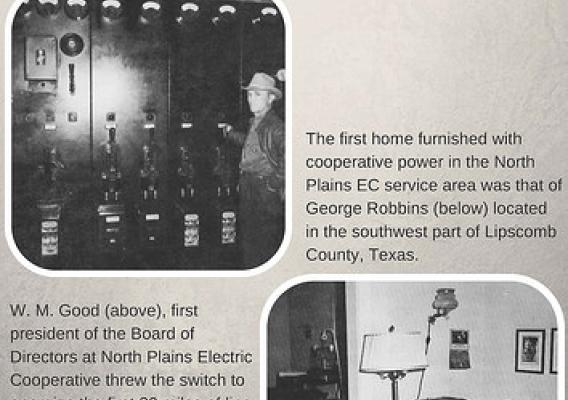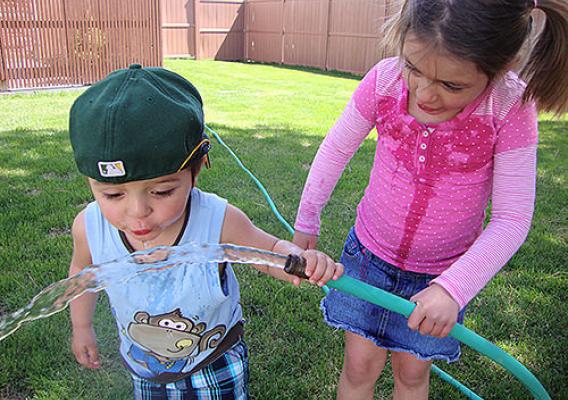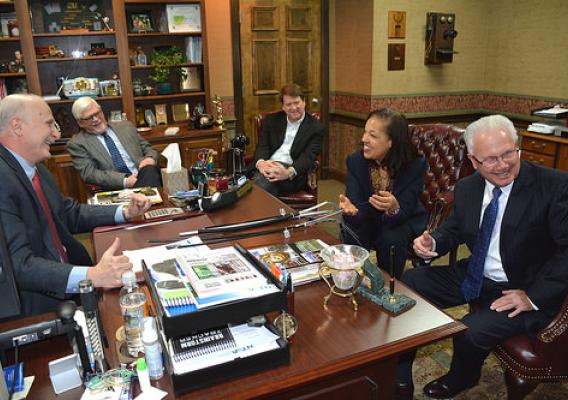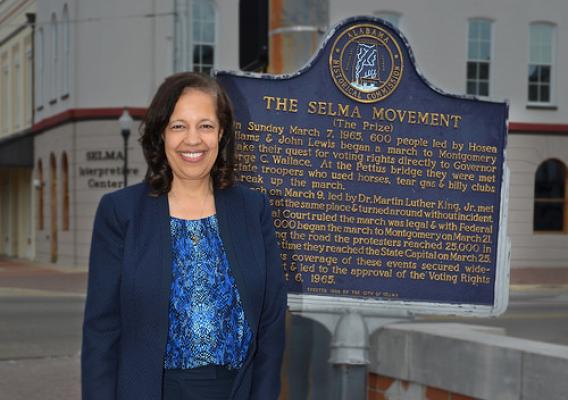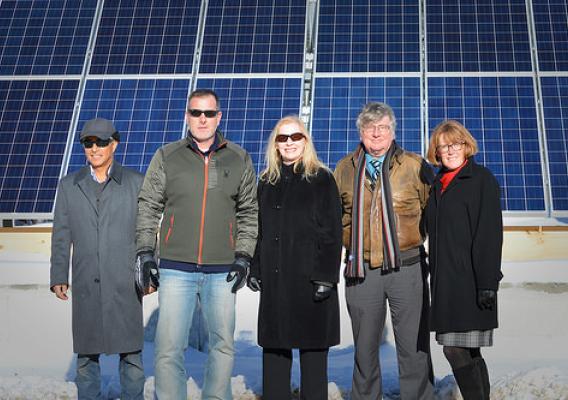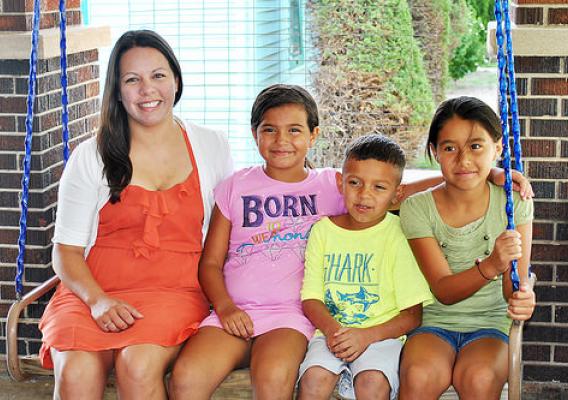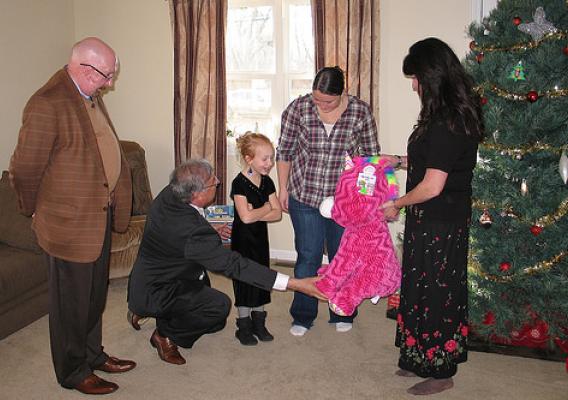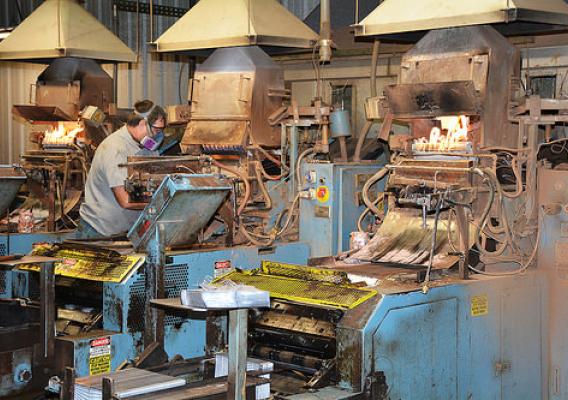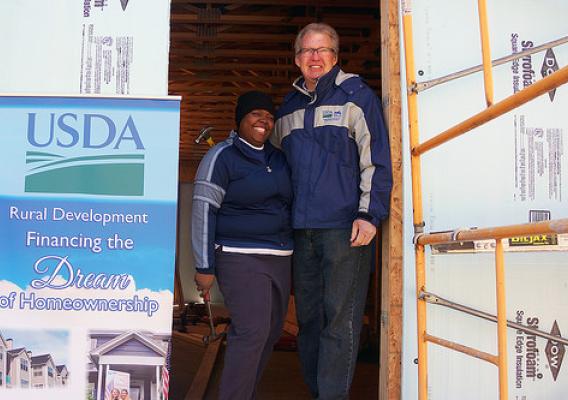Recently I had the privilege of joining Matthew Hancock and his team at Mt. Abram, a unique, sustainable ski area located in the mountains of Western Maine. An immense 803 panel solar photovoltaic system greeted gatherers as they drove in, the result of a Renewable Energy for America Program (REAP) Grant awarded by Maine USDA Rural Development. The system in Greenwood is the second largest solar project in the country for a ski area, the first ever in Maine, and as a sign next to the solar panels boasts, it is also the “World’s Largest Snow Making Site.”
This important project was made possible in part by a USDA Rural Development Rural Energy for America Program Grant, which provided $235,000 of the $940,000 total project cost. Matt’s business will benefit significantly, with 70 percent of operations at the ski area operating on solar generated power, while skiers and nature enthusiasts will appreciate its green, carbon emission-reducing features, making Mt. Abram truly “Maine’s Sustainable Mountain Playground.” In addition to its solar features, Mt. Abram heats the lodge with wood pellets and was the second ski area in North America to install electric vehicle chargers.

